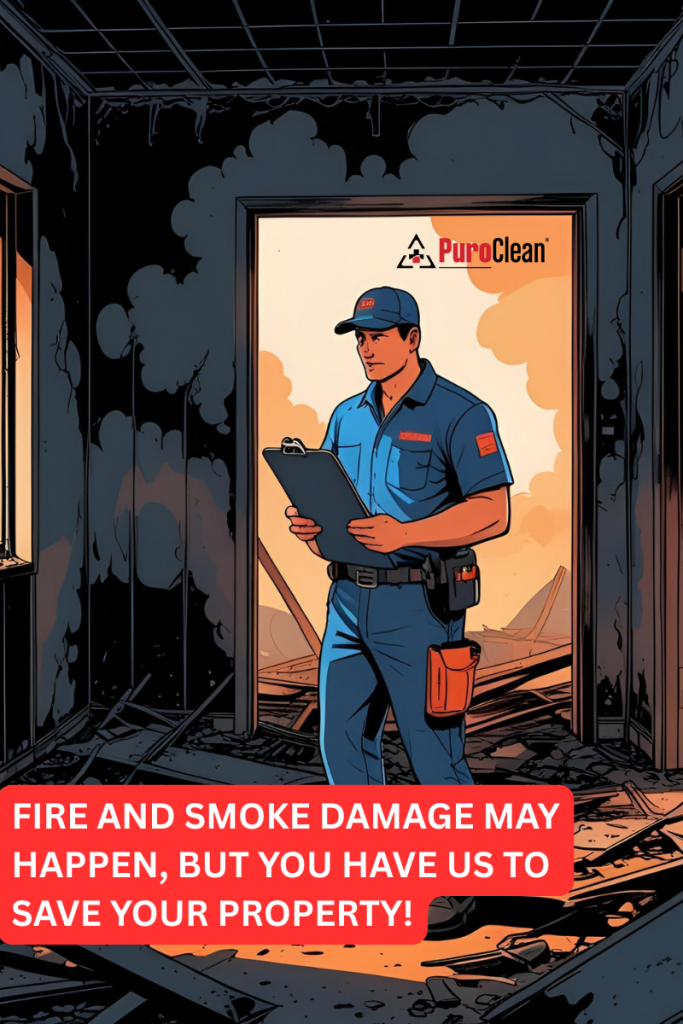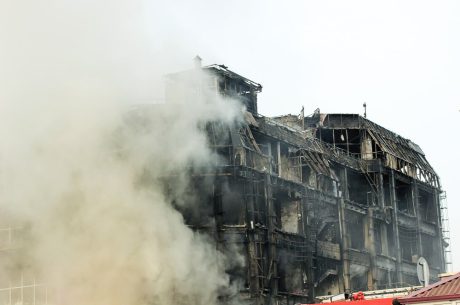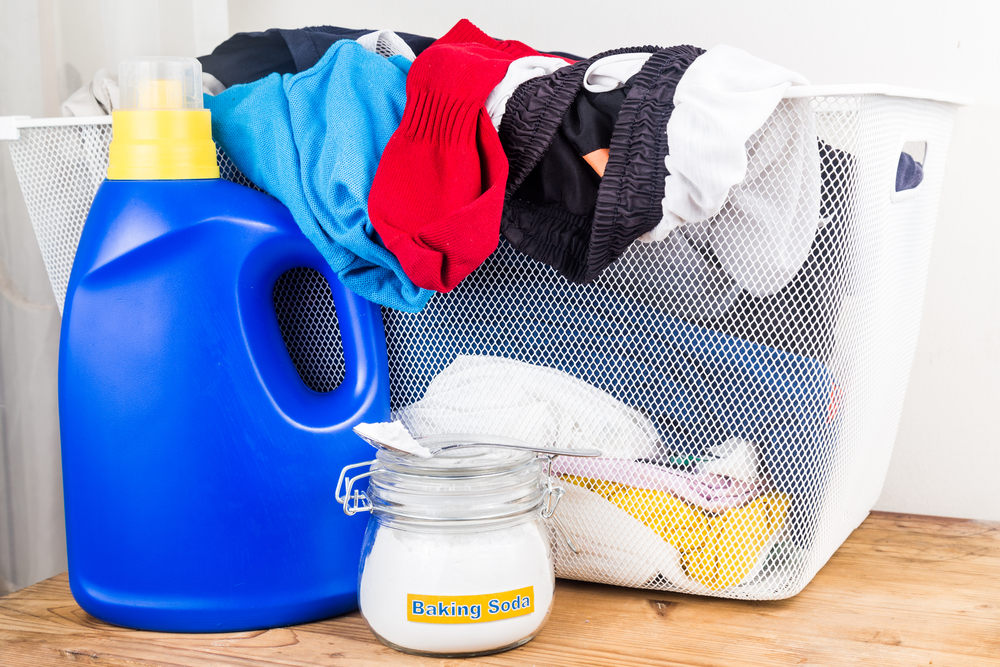Experiencing a fire in your home is a traumatic event that leaves behind not only visible damage but also hidden hazards like smoke and soot. In Lawrenceville, GA, understanding the immediate steps to take, recognizing health risks, navigating the restoration process, and working with insurance companies are crucial for a swift and safe recovery. This guide provides homeowners with a comprehensive overview of fire and smoke damage restoration, ensuring you’re well-equipped to restore your home and peace of mind.
Table of Contents
Immediate Steps After a Fire Incident
- Ensure Safety First: Before re-entering your home, wait for clearance from fire officials to confirm it’s safe.
- Contact Emergency Services: Even after the fire is out, call 911 to report the incident and receive guidance.
- Notify Your Insurance Company: Inform your insurer about the fire to initiate the claims process promptly.
- Secure the Property: Prevent further damage or theft by boarding up windows and doors and covering damaged roofs with tarps.
- Document the Damage: Take photographs and make a detailed inventory of damaged items to support your insurance claim.

Health Risks Associated with Smoke and Soot
Smoke and soot contain harmful chemicals and fine particles that can pose serious health risks:
- Respiratory Issues: Inhalation can lead to coughing, shortness of breath, and aggravate conditions like asthma and bronchitis.
- Eye and Skin Irritation: Exposure may cause red, itchy eyes and skin rashes.
- Long-Term Health Effects: Prolonged exposure increases the risk of heart disease, cancer, and other chronic conditions.
Immediate Health Risks
1. Respiratory Irritation and Infections
Inhalation of smoke and soot can irritate the respiratory tract, leading to coughing, wheezing, shortness of breath, and exacerbation of conditions like asthma and bronchitis. Prolonged exposure may increase susceptibility to respiratory infections and chronic respiratory diseases.
2. Eye and Skin Irritation
Smoke particles can cause eye discomfort, including redness, itching, and watering. Skin contact with soot may lead to irritation or allergic reactions, especially in individuals with sensitive skin.
3. Headaches and Dizziness
Exposure to smoke can result in neurological symptoms such as headaches, dizziness, and fatigue, often due to reduced oxygen levels and the presence of toxic substances like carbon monoxide.
Long-Term Health Risks
1. Cardiovascular Issues
Fine particulate matter from smoke can penetrate deep into the lungs and enter the bloodstream, potentially leading to cardiovascular problems such as heart attacks, arrhythmias, and increased risk of stroke.
2. Cancer Risk
Soot contains carcinogenic compounds, including polycyclic aromatic hydrocarbons (PAHs), which can increase the risk of developing cancers such as lung, bladder, and skin cancer with prolonged exposure.
3. Neurological Effects
Chronic exposure to smoke and its constituents may impact cognitive functions and has been associated with conditions like Alzheimer’s disease and other forms of dementia.
Detailed Process of Fire and Smoke Damage Restoration
1. Initial Assessment and Safety Evaluation
The restoration journey begins with a thorough assessment:
- Safety First: Before entering, professionals ensure the structure is safe, checking for hazards like weakened floors or ceilings.
- Damage Documentation: Detailed notes and photographs of all affected areas are taken to assist with insurance claims and restoration planning.
- Restoration Plan: Based on the assessment, a tailored plan outlining the scope, timeline, and necessary resources is developed.
2. Securing the Property
To prevent further damage and unauthorized access:
- Board-Up Services: Windows, doors, and openings are boarded up to protect against weather and intruders.
- Roof Tarping: Damaged roofs are covered with tarps to prevent water intrusion.
- Structural Stabilization: Temporary supports may be added to ensure the building’s integrity during restoration.
3. Water Removal and Drying
Water used to extinguish the fire can cause additional damage:
- Water Extraction: Industrial pumps and vacuums remove standing water from the premises.
- Drying and Dehumidification: Air movers and dehumidifiers dry out moisture to prevent mold growth.
- Moisture Monitoring: Specialized equipment monitors moisture levels to ensure thorough drying.
4. Debris Removal and Demolition
Removing damaged materials is crucial:
- Debris Clearance: Charred and unsalvageable items are safely removed and disposed of.
- Controlled Demolition: Irreparably damaged structures are carefully demolished to prepare for rebuilding.
- Hazardous Material Handling: Materials like asbestos or lead are handled following safety regulations.
5. Cleaning and Decontamination
Thorough cleaning eliminates health hazards:
- Soot and Smoke Removal: Specialized cleaning agents remove residues from surfaces.
- Odor Neutralization: Techniques like thermal fogging and ozone treatment eliminate persistent odors.
- Sanitization: Affected areas are disinfected to ensure a safe environment.
6. Restoration and Repairs
Rebuilding restores the property’s functionality and aesthetics:
- Structural Repairs: Walls, roofs, and floors are repaired or reconstructed as needed.
- System Restoration: Electrical, plumbing, and HVAC systems are inspected and repaired.
- Interior Finishing: Painting, flooring, and other finishes are applied to return the space to its original state.
7. Insurance Coordination
Navigating insurance claims is integral to the process:
- Claim Documentation: All damages and restoration efforts are documented for insurance purposes.
- Adjuster Collaboration: Restoration professionals work with insurance adjusters to ensure accurate claim assessments.
- Financial Guidance: Assistance is provided to homeowners to understand coverage and out-of-pocket expenses.
8. Final Inspection and Prevention
Ensuring the property’s safety and preventing future incidents:
- Comprehensive Inspection: A final walkthrough ensures all restoration work meets safety and quality standards.
- Preventative Recommendations: Advice is given on fire prevention measures, such as installing smoke detectors and fire-resistant materials.
- Maintenance Planning: Homeowners are guided on maintaining their restored property to prevent future damage.
Working with Insurance Companies for Claims
- Understand Your Policy: Review your homeowner’s insurance policy to know what’s covered.
- Document Everything: Keep records of all communications, receipts, and restoration processes.
- Work with Restoration Companies: Many restoration services assist in coordinating with insurance companies, providing necessary documentation for claims.
- Stay Proactive: Regularly follow up with your insurance adjuster to ensure the claims process is progressing.
Recovering from a fire involves more than just repairing physical damage; it’s about restoring your sense of security and comfort. By understanding the risks, the restoration process, and how to work with insurance companies, homeowners in Lawrenceville, GA, can navigate this challenging time more effectively. Always consult with certified professionals to ensure a safe and thorough restoration of your home.



 PuroClean of Lawrenceville
PuroClean of Lawrenceville